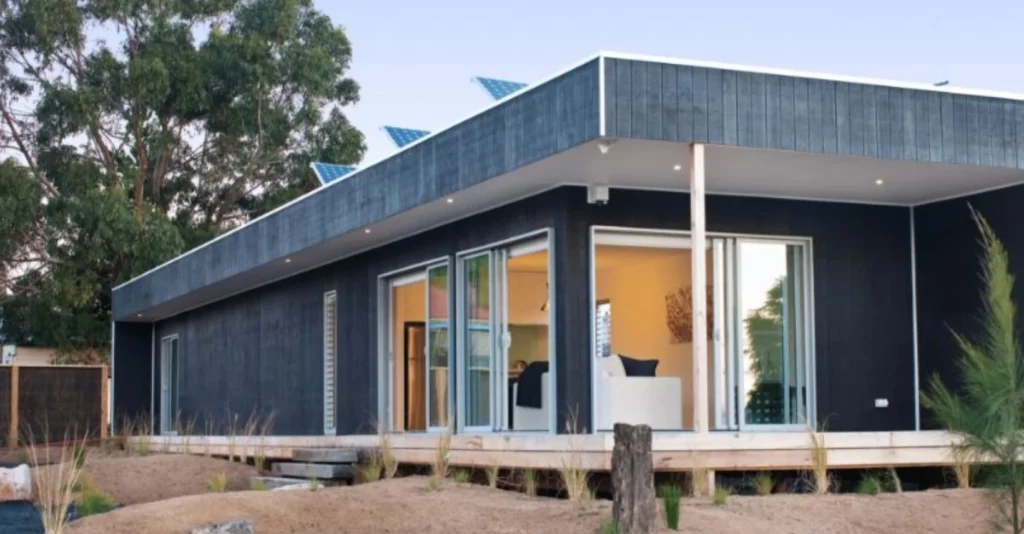
Eco-Friendly Upgrades: Implementing Energy Efficient Solutions in Your Home
As environmental awareness grows, so does the interest in eco-friendly living, prompting homeowners to seek ways to reduce their ecological footprint and embrace sustainability. Implementing energy efficient solutions within the home is a pivotal step towards this goal, offering a dual benefit of lowering energy consumption and reducing utility bills. From insulation improvements and smart home technologies to renewable energy sources, there are numerous avenues to enhance your home’s energy efficiency. This guide provides an overview of practical, eco-friendly upgrades that not only contribute to a healthier planet but also improve the comfort and value of your home, making sustainable living both achievable and rewarding.
Insulation and Weatherproofing: The First Line of Defense
A well-insulated and sealed home is fundamental to energy efficiency, acting as a barrier against heat loss in winter and heat gain in summer. Upgrading insulation in key areas such as the attic, walls, and floors can significantly reduce the need for heating and cooling, leading to substantial energy savings. Additionally, weatherproofing measures like sealing cracks, installing weatherstripping around doors and windows, and using thermal curtains can further enhance your home’s thermal efficiency. These initial steps provide a solid foundation for more extensive eco-friendly upgrades by minimizing energy leakage.
Harnessing Smart Technology for Energy Management
Smart home technologies offer a modern approach to energy conservation, allowing homeowners to monitor and control their energy use with unprecedented precision. Smart thermostats can learn your schedule and preferences, adjusting heating and cooling systems for optimal efficiency. Smart lighting systems, which include LED bulbs and automated controls, reduce unnecessary lighting use. Additionally, energy monitors can provide real-time feedback on energy consumption, identifying high-use areas and opportunities for further savings. By integrating these smart technologies, you can achieve a more efficient, responsive, and convenient home environment.
Adopting Renewable Energy Sources
Transitioning to renewable energy sources is a transformative step towards an eco-friendly home. Solar panels are the most accessible option for many homeowners, capable of generating electricity to power your home, with the potential to sell excess energy back to the grid. For those in suitable locations, other renewable technologies such as wind turbines or geothermal heating and cooling systems can offer alternative means of reducing reliance on fossil fuels. While the initial investment in renewable energy can be significant, tax incentives, rebates, and the long-term savings on energy bills often offset the costs, making it a financially viable and environmentally responsible choice.
Implementing energy efficient solutions in your home is a proactive way to embrace eco-friendly living, offering both environmental and economic benefits. Starting with foundational upgrades like insulation and weatherproofing, integrating smart technologies, and considering renewable energy sources can collectively transform your home into a model of sustainability. These eco-friendly upgrades not only reduce your home’s energy consumption and utility costs but also increase its comfort, functionality, and value, demonstrating that a commitment to sustainability is both a practical and rewarding pursuit.
Read More:
Beyond the Bulb: Comprehensive Energy Efficient for Modern Homes
The Complete Guide to Energy Efficient Home Renovations: Saving Money and the Planet




